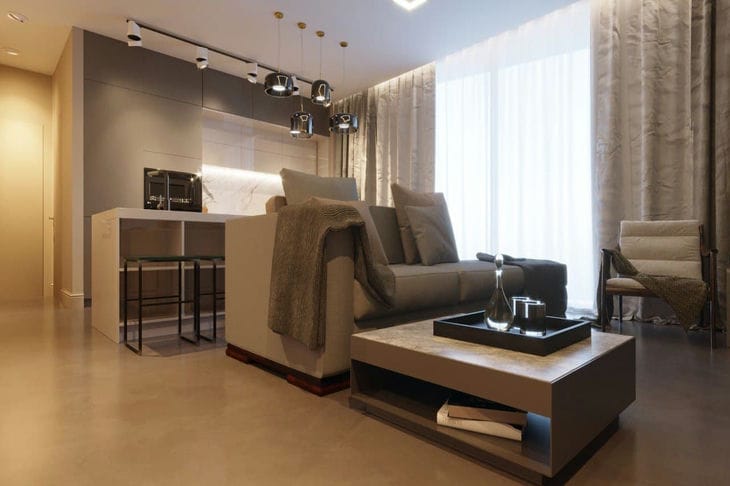The comfort level of a home's layout can vary greatly depending on personal preferences and individual needs.
However, there are certain characteristics that may contribute to a home layout being generally considered less convenient.
ADVICE.NEWS provided several examples.
Poor cross-country ability and functionality
A home layout that lacks logical flow and efficient functionality can be awkward.
This may include awkward room layouts, narrow hallways, or rooms that are difficult to enter or navigate.

A layout that prevents easy movement and practical use of space can create discomfort and frustration.
Inadequate privacy
A home layout that compromises privacy can contribute to discomfort.
For example, bedrooms located directly next to common areas, lack of sound insulation between rooms, or windows facing neighboring houses without appropriate coverings can impact privacy levels and cause residents to feel uncomfortable.
Limited storage space and areas prone to clutter
Insufficient storage solutions and spaces prone to clutter can lead to a feeling of disorganization and discomfort.
Lack of proper storage can lead to visual clutter, making it difficult to maintain a sense of order and relaxation.
Unbalanced room sizes and proportions
Rooms that are disproportionately sized or inadequately proportioned can create uncomfortable living conditions.
Overly large or small rooms can be difficult to furnish or use effectively, leading to a feeling of imbalance and anxiety.








